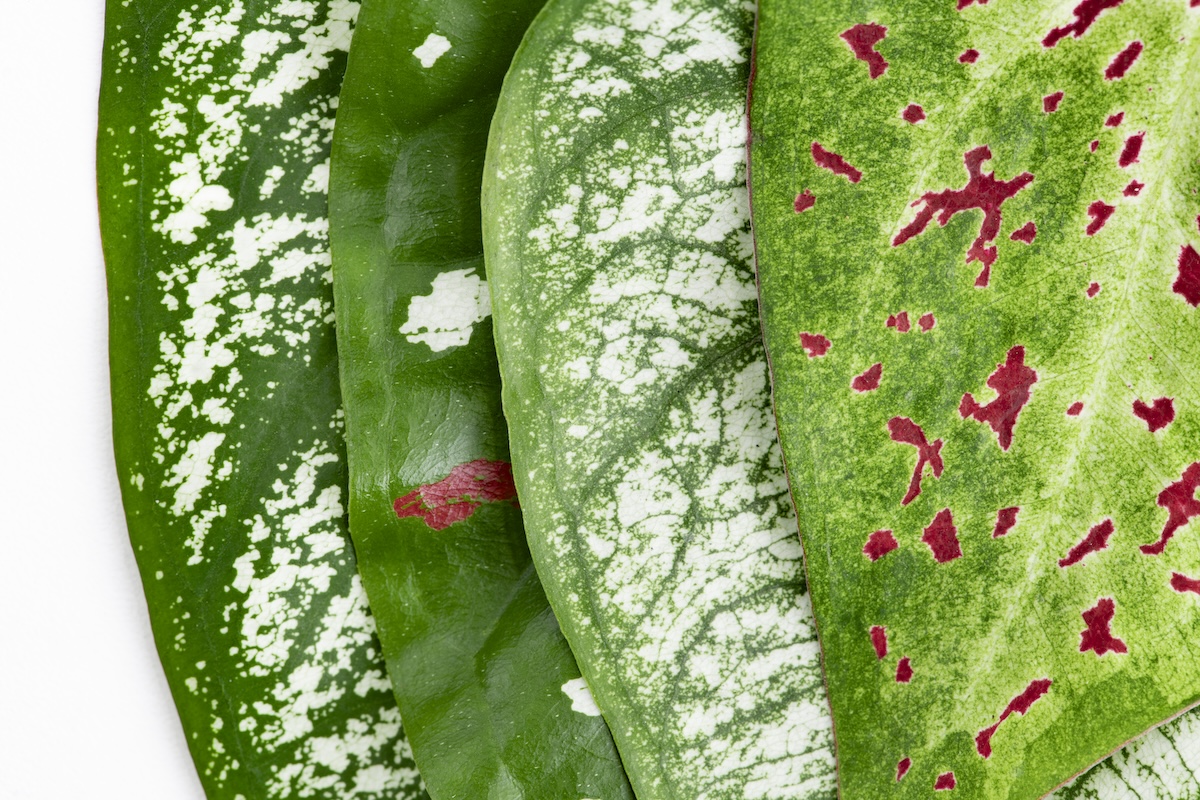Spending time outdoors is great for your health. It helps clear the mind, reduce stress, and boost physical activity. But when you’re hiking, gardening, or even just walking through a park, you might come across plants that can cause an itchy, irritating skin rash. In the U.S., there are a few plants that are well known for this—especially poison ivy, poison oak, and poison sumac.

These plants contain an oily substance called urushiol, which causes an allergic reaction in most people. Even a small amount of contact can trigger a rash that lasts for days or weeks. The reaction isn’t just uncomfortable—it can become serious if it spreads to your face or eyes or leads to an infection from scratching.
Knowing which plants to avoid and what to do if you touch one can save you a lot of discomfort. In this article, we’ll explain which plants are most likely to give you a rash, where they’re found, what the symptoms look like, and how to treat the reaction safely.
Why Some Plants Cause a Rash
The main reason certain plants cause a rash is because they contain urushiol. This oil is found in the leaves, stems, and roots of poison ivy, poison oak, and poison sumac. When urushiol touches your skin, your immune system reacts as if it’s under attack. This leads to redness, swelling, itching, and blisters.
You don’t have to touch the plant directly to react. Urushiol can stick to clothing, shoes, tools, or pet fur, and then transfer to your skin. It can even be released into the air if the plant is burned, which makes it especially dangerous to breathe in.
Not everyone reacts the same way. Some people are more sensitive and develop a rash after just a little exposure. Others may not react the first time but become sensitive over time. Once your body becomes reactive to urushiol, future exposures may cause stronger symptoms.
The Most Common Rash-Causing Plants
Poison Ivy
Poison ivy is the most well-known rash-causing plant in the U.S. It grows as a vine or a low shrub and is found in every state except Alaska and Hawaii. You can recognize it by its signature three-leaf clusters, which may be shiny or dull and change color with the seasons.
The saying “Leaves of three, let it be” is a good rule to follow when trying to avoid poison ivy. It can grow along trails, fences, and even in your backyard.
Poison Oak
Poison oak is similar to poison ivy but tends to grow as a shrub. It’s more common in the western and southern U.S. Its leaves also come in groups of three, but they often have a wavy or rounded edge that resembles oak tree leaves—hence the name.
Like poison ivy, poison oak can be green in the spring and summer and turn red or orange in the fall. It’s often found in wooded areas or dry, brushy fields.
Poison Sumac
Poison sumac grows in wet, swampy areas, mainly in the southeastern U.S. It looks more like a small tree or tall shrub, and its leaves grow in pairs along a red stem. Each branch can have seven to thirteen leaflets.
Poison sumac is less common than the other two but can cause an even more intense reaction. It’s more likely to be found in marshes, wetlands, or along riverbanks.
What the Rash Looks and Feels Like
A rash from any of these plants usually starts within 12 to 48 hours after contact with urushiol. In some cases, it shows up in just a few hours. The rash can vary in appearance but often includes:
-
Red, itchy skin
-
Swelling or raised areas
-
Blisters that may ooze and crust over
-
A line or streak pattern where the plant brushed the skin
The itching can be intense and may last for one to three weeks. The rash is not contagious, even if the blisters break. You can’t spread it by touching someone else—unless urushiol oil is still on your skin or clothes.
In rare cases, especially if the face, eyes, or genitals are affected, the reaction can be more severe and require medical attention. Difficulty breathing after exposure (such as from inhaling smoke from burning plants) is an emergency and needs immediate care.
How to Treat the Rash
If you think you’ve come into contact with one of these plants, the first step is to wash the area with soap and water as soon as possible. This can help remove the oil before it causes a full reaction. It’s also important to wash any clothes, shoes, or gear that may have picked up the oil.
Once the rash appears, there are a few ways to manage it:
-
Use over-the-counter creams like hydrocortisone to reduce itching
-
Apply cool compresses or soak in an oatmeal bath to soothe the skin
-
Take oral antihistamines to relieve itching, especially at night
-
Avoid scratching to prevent infection
In more serious cases, or if the rash covers a large area of your body, your doctor may prescribe stronger treatments like oral steroids.
Prevention Tips
The best way to avoid a rash is to learn what these plants look like and stay away from them. When hiking or gardening, wear long sleeves, pants, and gloves. Stick to the center of trails and avoid brushing against plants.
If you’re clearing brush or doing yard work, clean your tools afterward and wash your hands thoroughly. Teach children to recognize these plants as well, since they’re often curious and like to explore.
Never burn plants you don’t recognize—smoke from poison ivy, oak, or sumac can cause serious lung irritation.
